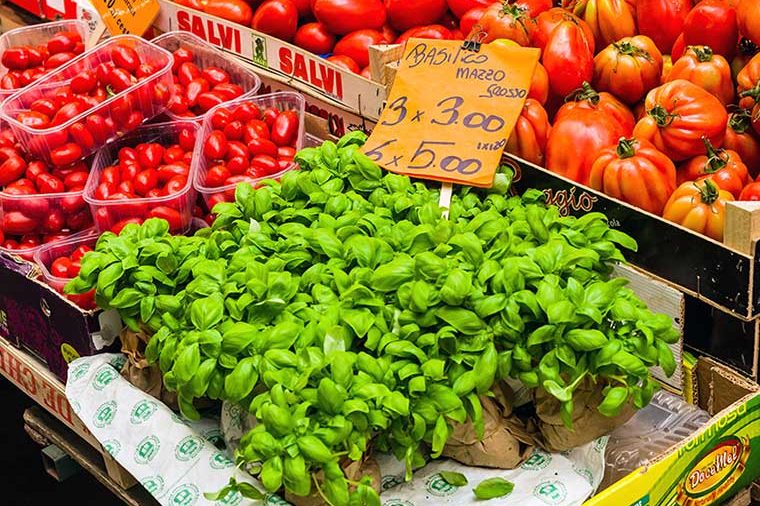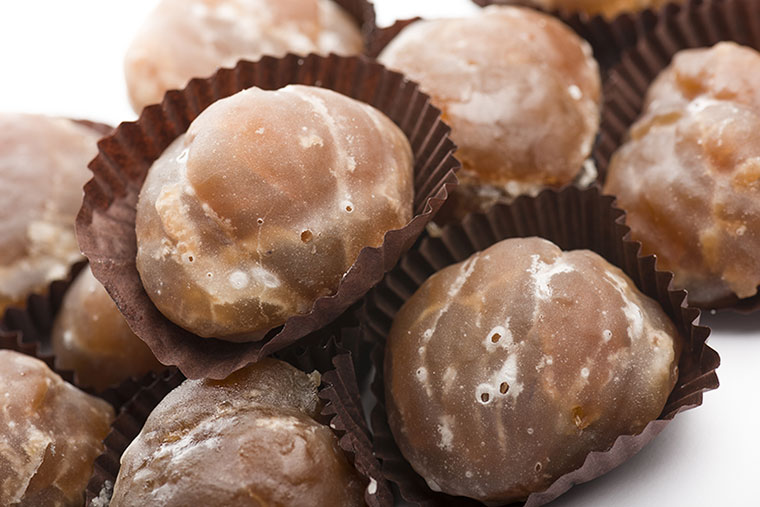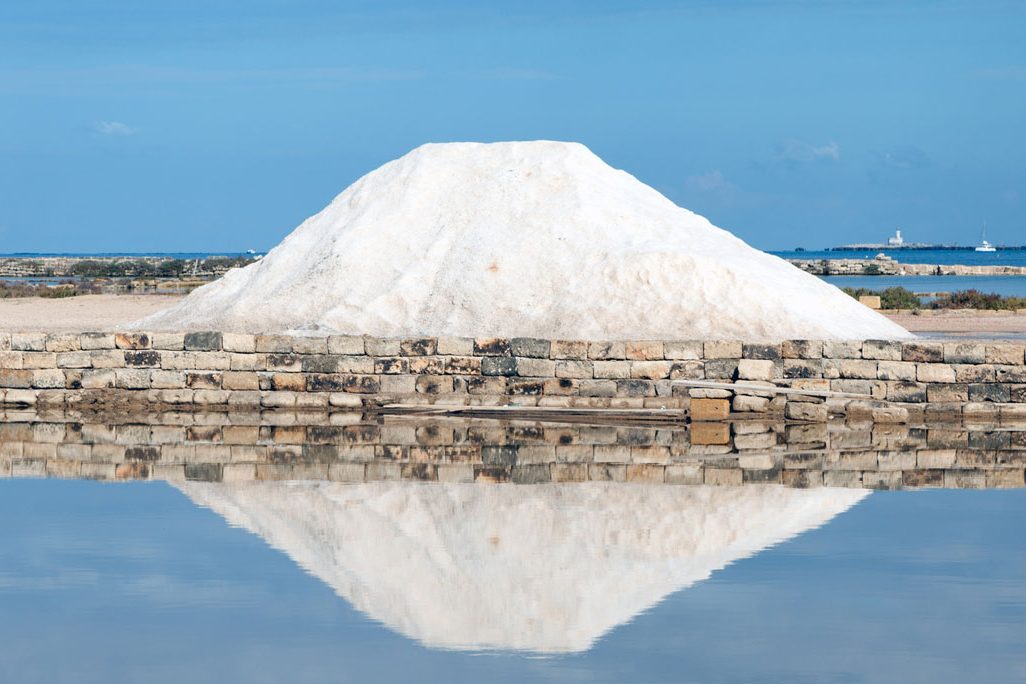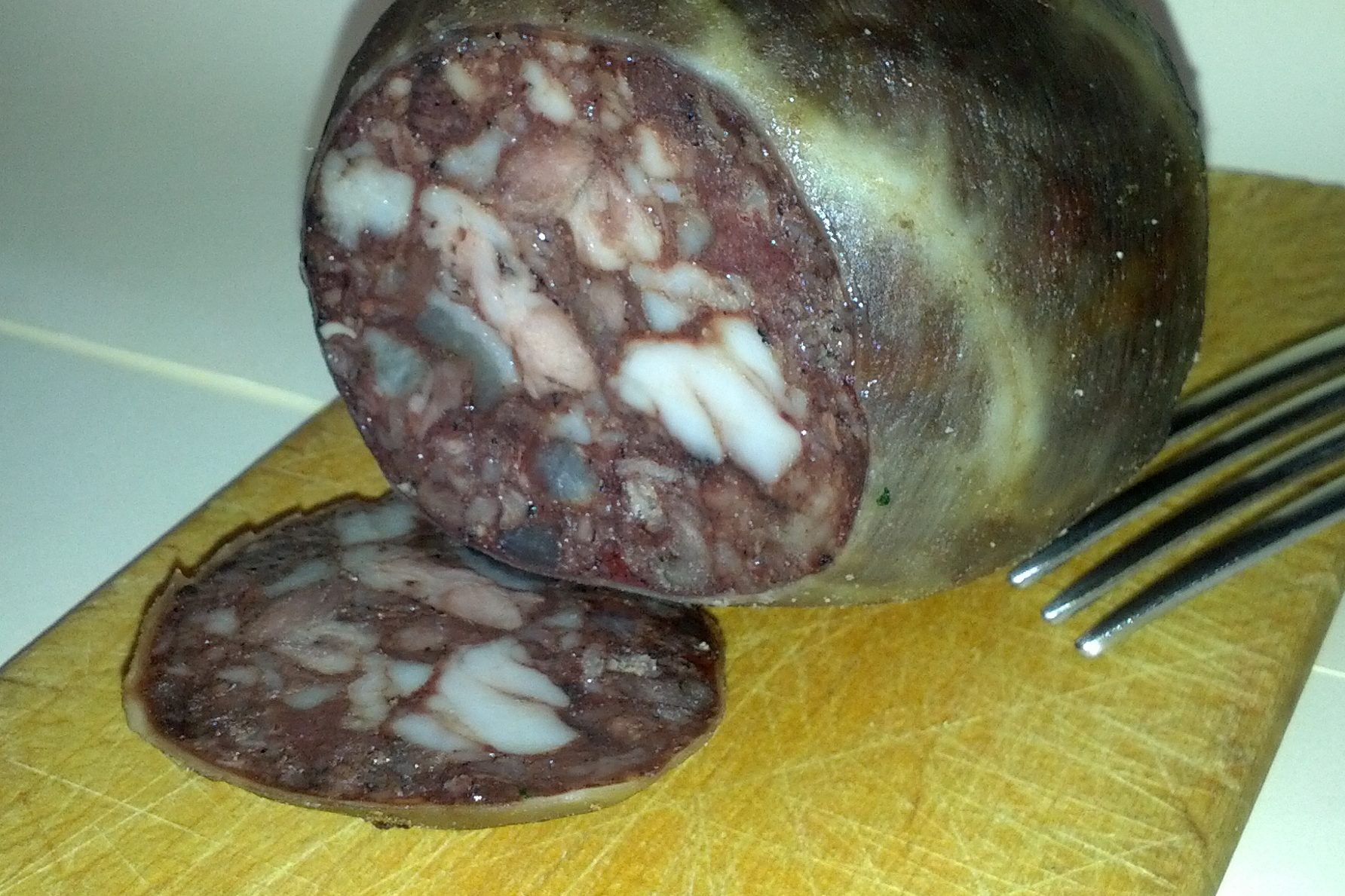varinia cappelletti
It seems its name has very ancient origins, probably rooted in the Latin word mortarium, indicating the mortar used to ground pork meat. Originally, its production area went from Lazio to modern Romagna, where acorn-rich woods provided a perfect living …
Italy is the European country with the largest number of food and wine excellences: we boast 168 products meeting the strict regulations of DOP, that is, the set of rules guaranteeing all the processes for the production and transformation of …
I wonder if, in 1948, Giuseppe Cipriani, barman of Venice’s Harry’s Bar, would have thought that 5 cl of rigorously crushed (never blended!) white peach flesh and just about twice as much chilled Prosecco were to become the Bellini, one …
Bottarga is nothing more than the dried and naturally processed eggs of tuna fish and mullet. It is an exceptionally delicious product, rich in proteins, typical of Sardinia, Sicily and of the southern area of Maremma, near Orbetello. As it …
Let’s not mistake Gorgonzola with blue cheese or Roquefort which, in spite of being its moldy cousins, are much different. Gorgonzola has gone a long way since it was born, entirely by chance, in an anonymous stable in the town …
Wild chestnuts have been known to Man since the times of ancient Greece. Xenophon, Virgil, Apicius and Galen all exalted their nutritional properties and their flavor. However, it was the chef of Carlo Emanuele I, Duke of Savoia, who invented …
Pantelleria’s capers are unique in the world and are known for their intense aroma, caused by a protein present in the island’s volcanic soil. They are dark green in color, rich in vitamins and minerals, have a very low fat …
Greyish in color, rich in magnesium and potassium, but poor in sodium chloride, Trapani unrefined salt is still gathered by hand, as it was in the 14th century. It was, however, the Phoenicians of 7th century BC to have understood …
Flour, water, salt and yeast, yet it’s not bread… The word comes from the Latin “focus,” that is, baked on live fire. Soft, fluffy, glistening with olive oil, delicious! You can eat it on its own, with cheese or cold …
Its simple name evokes history, ancient history …. and we’re not mistaken thinking that. Biroldo is a Slow Food protected cold cut, a product of Tuscan tradition, almost impossible to find nowadays. It’s made with the pig’s lesser parts like …










